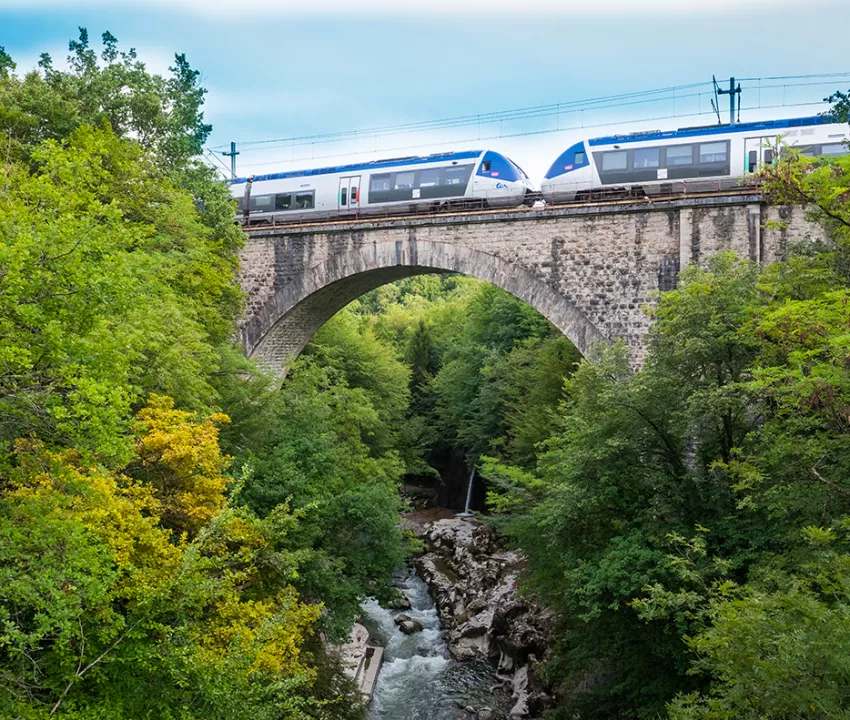The momentum of the new rail deal
In 2023, the government announced a plan to invest a further €100 billion between now and 2040.
This announcement is the concrete expression of a new railway ambition for France. For SNCF Réseau and all the players in the rail industry, this is both a huge opportunity and a huge responsibility. Together, we need to make a collective commitment to meet the challenges of the future.
While the details of the plan have yet to be worked out, the State has already secured funding for network regeneration and modernisation. This is in addition to our own investments, which amounted to 6 billion euros per year on average.
+ €1bn per year for regeneration
Regeneration is carried out on an industrial scale on the core network, i.e. the busiest part of the network, which carries all TGV and Intercity trains, as well as 82% of TER trains and 75% of freight trains. This effort also extends to the Île-de-France network and to the lines providing comprehensive regional coverage.
+ €500m per year for modernisation
The modernisation of the network involves accelerating the deployment of Centralised network control, the European Rail Traffic Management System (ERTMS) and 5G. We will also be renewing the equipment and facilities needed to handle the increase in freight traffic.


